Regency style evolved under King George IV of England’s Welsh regency and English Reign, which ended in 1830.
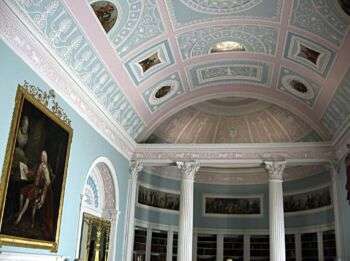
Image source: https://search.creativecommons.org/photos/dc96a636-5114-45ec-a300-e247da12d760 by Rictor Norton & David Allen
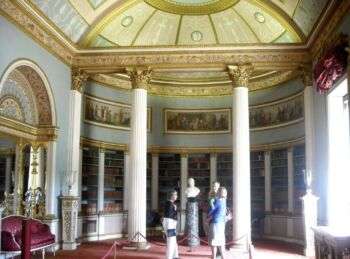
Image source: https://search.creativecommons.org/photos/629370c5-83cc-41bf-91de-62bcc09bf936 by Klovovi
Origin of Regency
The term Regency referrs to several periods, some of which were longer than others. The period from 1795 to 1837 includes the part of the reign of George III along with the reigns of his sons, George IV and William IV. Regency era style was featured with particular tendencies in architecture and culture.
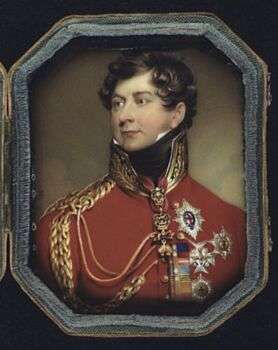
Image source: https://search.creativecommons.org/photos/4adf8eee-6bdc-4e62-9985-5057a95abbd2 by BiblioArchives / LibraryArchives
Influential Regency Style Artists
Among the most relevant Regency architects was John Nash, who served as court architect for Prince Regent and later King George IV. He also designed for Regent’s Park and Regent Street in London.
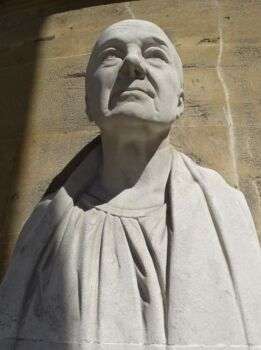
Image source: https://search.creativecommons.org/photos/39eb84b4-747b-4acb-9ef9-2c7e17f68a87 by Michael Gwyther-Jones
Another important artist was Thomas Hope, who had an important role in shaping the taste in the Regency time. His book “Household Furniture and Decoration” became the most important source for designers. Plus, it was the first to use the words “interior decoration.” Additionally, other important influences of Regency were Thomas Sheraton and George Smith, who published designs of Regency furniture. Also, Thomas Lawrence lead portraiture, at this time.
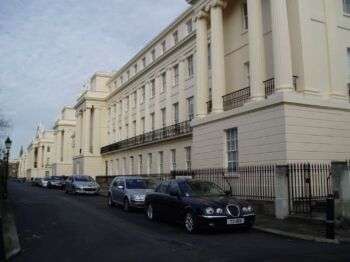
Image source: https://search.creativecommons.org/photos/bbad4d89-70bb-43b4-8627-ed4ff82c5f5b by stevecadman
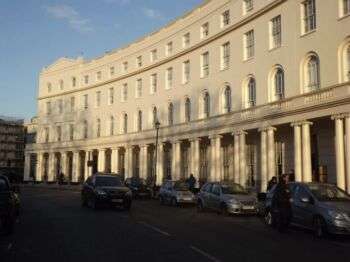
Image source: https://search.creativecommons.org/photos/89732f5c-0d08-4929-aa95-061b3f025efa by Colin Smith
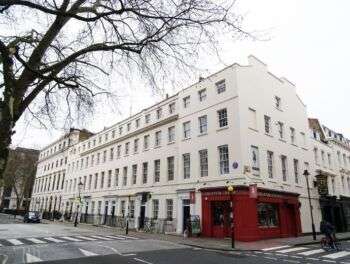
Image source: https://search.creativecommons.org/photos/fbc7d703-ad33-49cf-9cb9-279714a9c909 by Spudgun67
Regency Style Characteristics
The style was inspired by the neo-classical architecture of the Georgian style, but with more elegance and brightness to the structures. The strongest inspiration for Regency taste came from Greek and Roman antiquity, from which the artists took the most common features of the style:
- Vertically striped wallpaper
- Resurgence of the Chinese theme
- Interest in Egyptian motifs
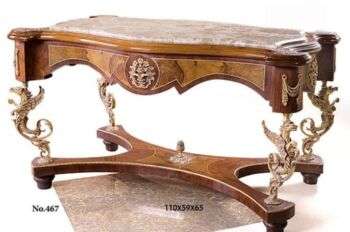
Image source: https://search.creativecommons.org/photos/c60b6b84-83df-4195-8ae9-8177774f7b2d by AntiqueTaste
Regency Architecture
Recalling classical Greek architecture, many regent buildings were symmetrical with bricks, covered in stucco, or painted plaster to create a look similar to marble. The most important elements were:
- Main Facade – usually black and flanked by two columns that sometimes support a balcony
- Balconies – often wrought iron.
- Arched Windows

Image source: https://search.creativecommons.org/photos/5e3814b2-3fbb-408d-95ee-17ef611e7b96 by Kathleen Tyler Conklin
Info source: https://www.britannica.com/art/Regency-style
